William Anders, 90, perished in a plane crash near Orcas Island, Washington. The accident occurred on June 7, 2024, during a flyby near a friend’s home.
Anders piloted a vintage Beech A45 aircraft. He was best known for taking the iconic “Earthrise” photograph during the Apollo 8 mission.
NTSB Releases Preliminary Crash Investigation Report
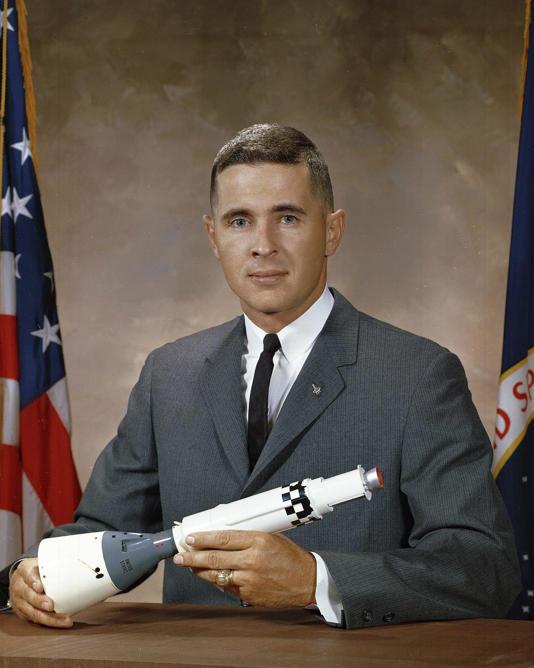
The National Transportation Safety Board issued its preliminary report on Tuesday. Investigators gathered information from two eyewitnesses.
The report details Anders’ flight path and the moments leading to the crash. It confirms Anders texted a friend about his flyby plans.
Eyewitness Accounts Describe Plane’s Final Moments
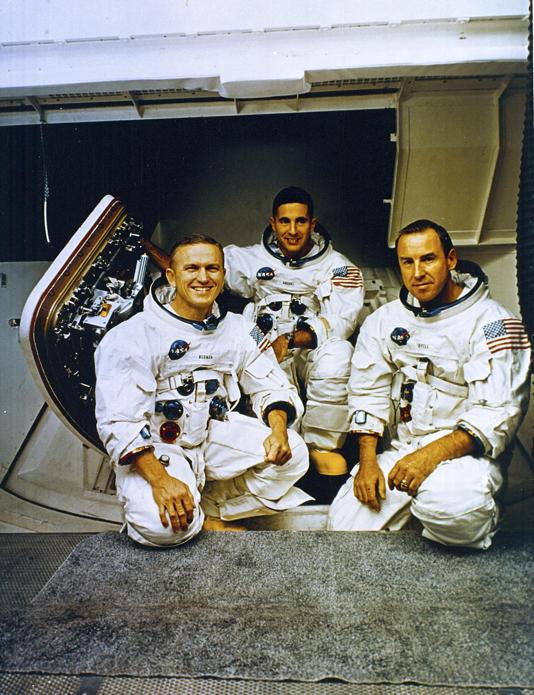
Two witnesses observed Anders’ plane before it crashed. One witness, a friend of Anders, reported hearing and seeing the plane fly by.
Another witness captured video footage of the plane’s descent. Both accounts describe the aircraft’s sudden plunge into the water.
Routine Flyby Turns Tragic for Veteran Pilot

Anders frequently performed flybys near his friend’s house. The friend stated these flybys typically involved two passes.
Anders never performed aerobatic maneuvers during these flybys. The fatal flight deviated from his usual pattern.
Crash Site Located Near San Juan Islands

The plane sank near the north end of Jones Island. Jones Island is located off the western shore of Orcas Island.
The crash occurred in the waters of San Juan County. Local authorities recovered Anders’ body the same afternoon.
Wreckage Recovery Efforts Aid Ongoing Investigation
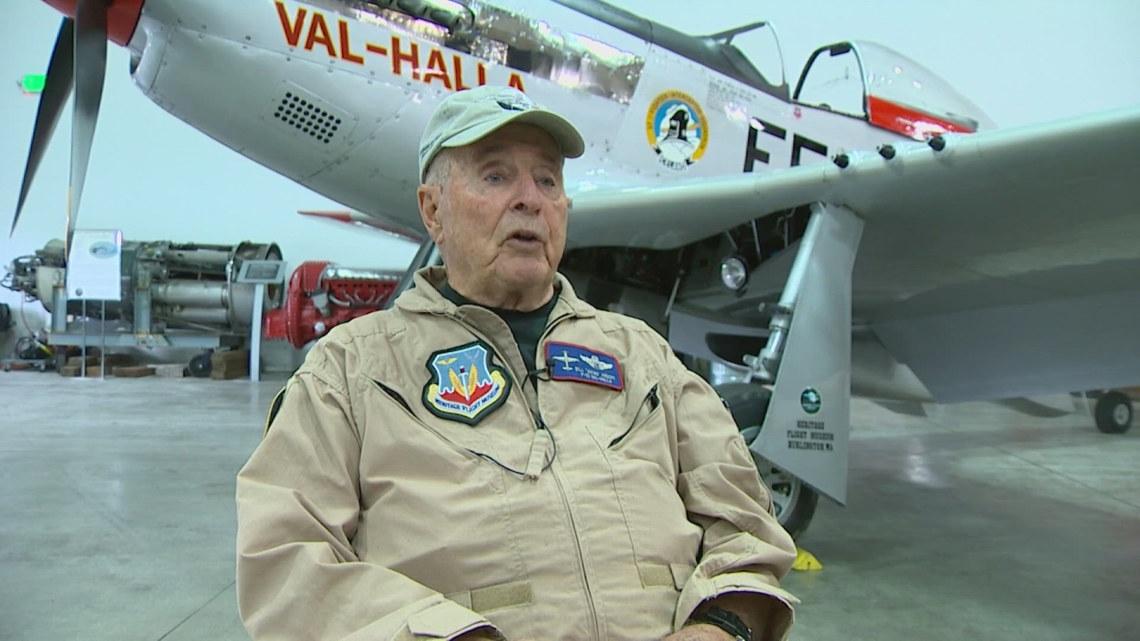
Most of the plane wreckage was recovered within a week. Investigators have stored the recovered parts for further examination.
The NTSB will continue to analyze the wreckage. This analysis may provide crucial insights into the crash’s cause.
“Earthrise” Photographer Leaves Lasting Environmental Legacy
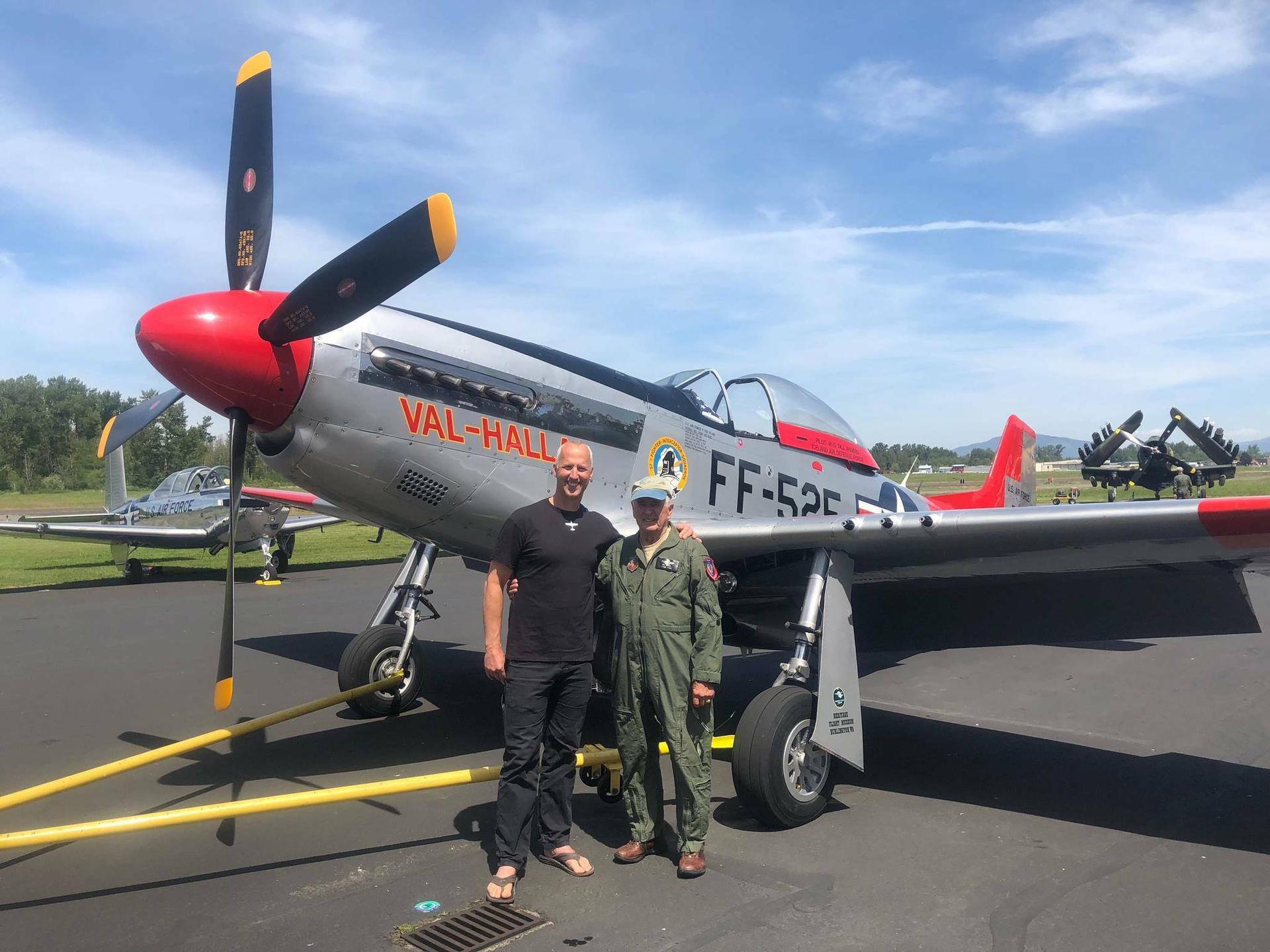
Anders took the first color photograph of Earth from space. The “Earthrise” image is credited with sparking the global environmental movement.
It changed how humans viewed the planet Earth. Anders considered this his most significant contribution to the space program.
Anders’ Space Career Included Notable Achievements
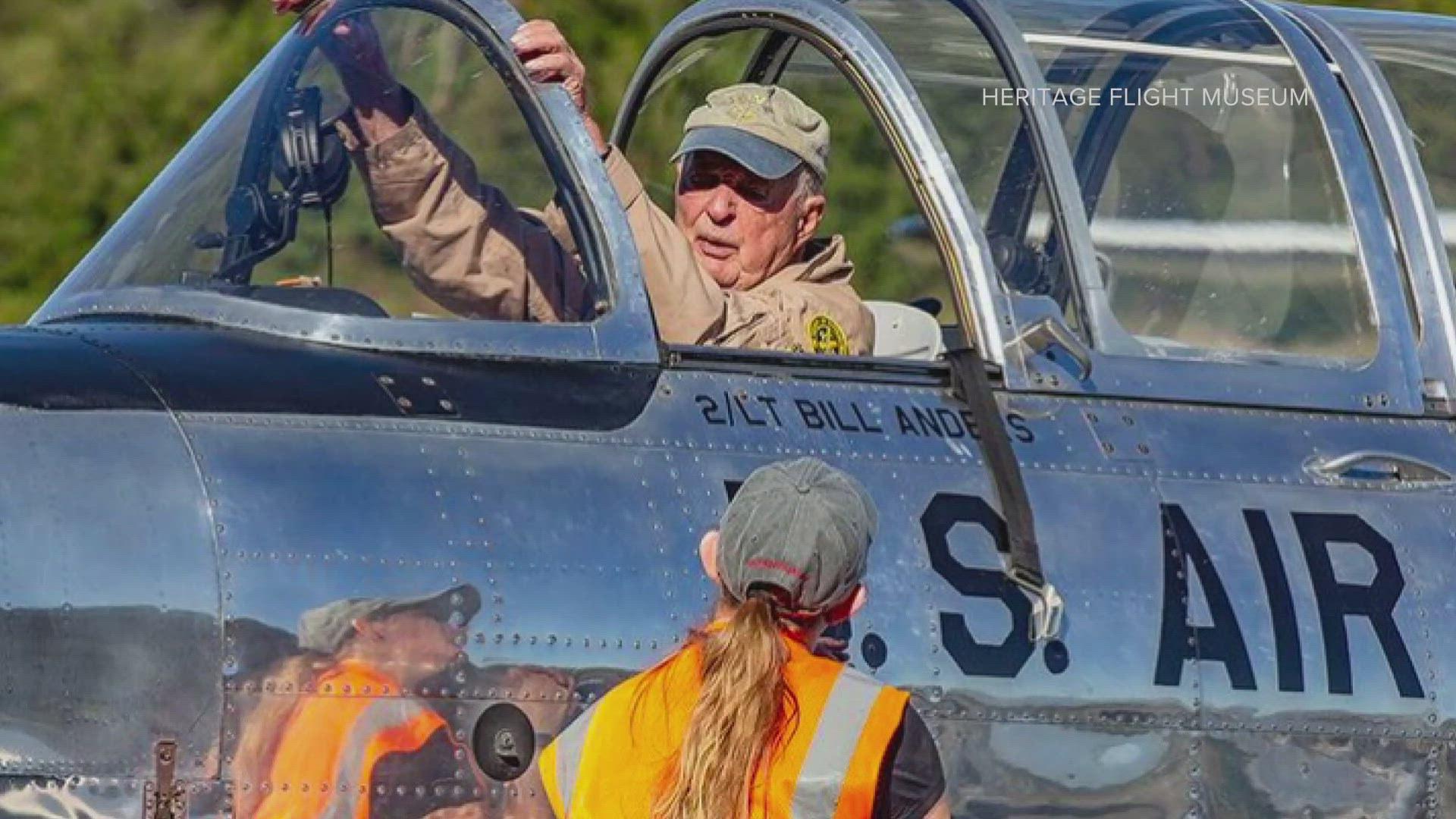
William Anders served as an Apollo 8 astronaut. He played a crucial role in ensuring the mission’s command and service modules functioned properly.
Anders retired as a major general. His career spanned both military and civilian aviation.
Family Expresses Grief Over Unexpected Loss
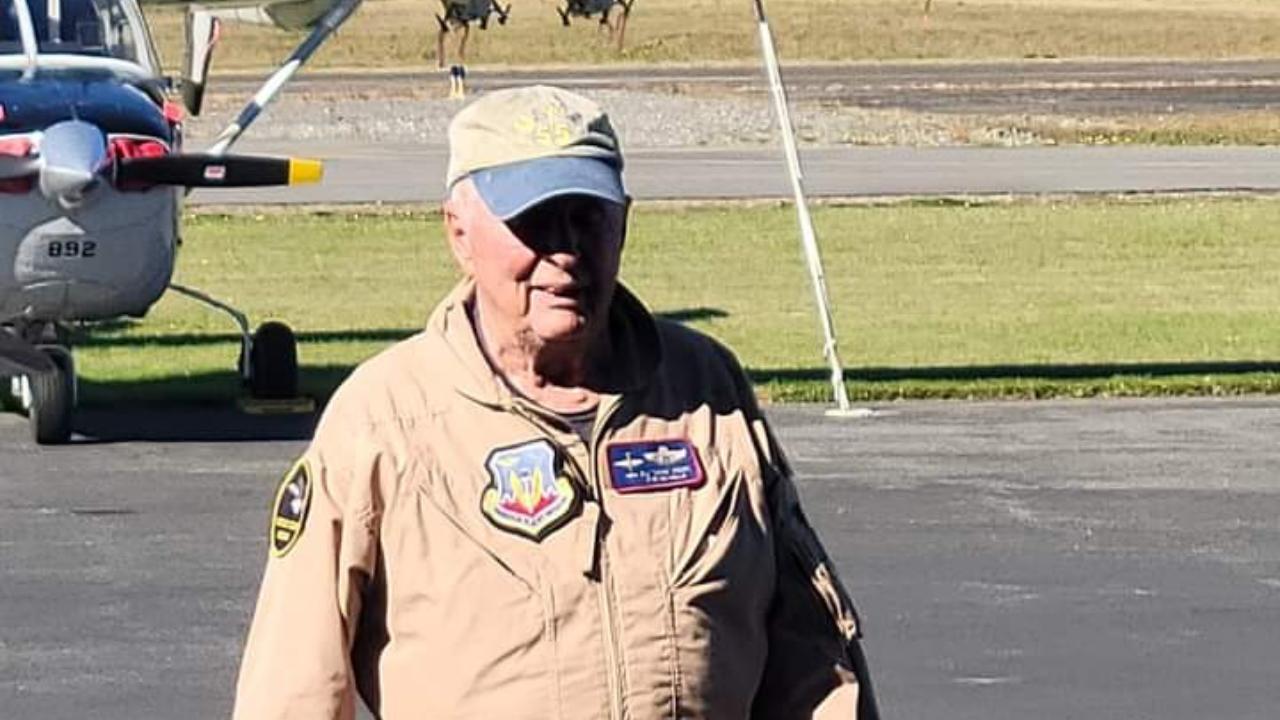
Anders’ son, Greg Anders, shared the family’s devastation. He described his father as a great pilot.
The family will miss William Anders terribly. Greg Anders is a retired Air Force Lieutenant Colonel.
Aviation Safety Statistics Highlight Risks
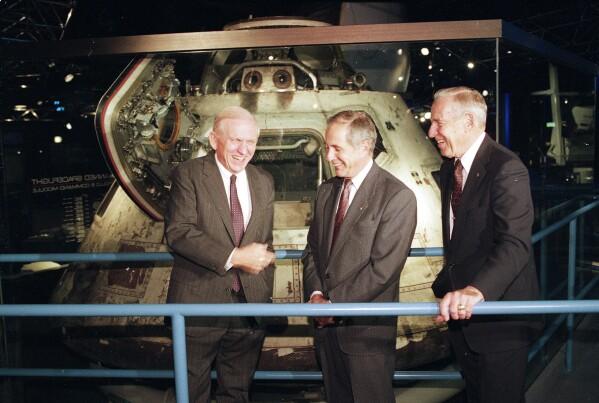
According to the NTSB, general aviation accidents account for the majority of civil aviation fatalities. In 2019, there were 1,220 general aviation accidents, resulting in 414 fatalities.
Pilot-related issues were cited as the probable cause in 75% of fatal general aviation accidents.
First to Photograph Earthrise from Space
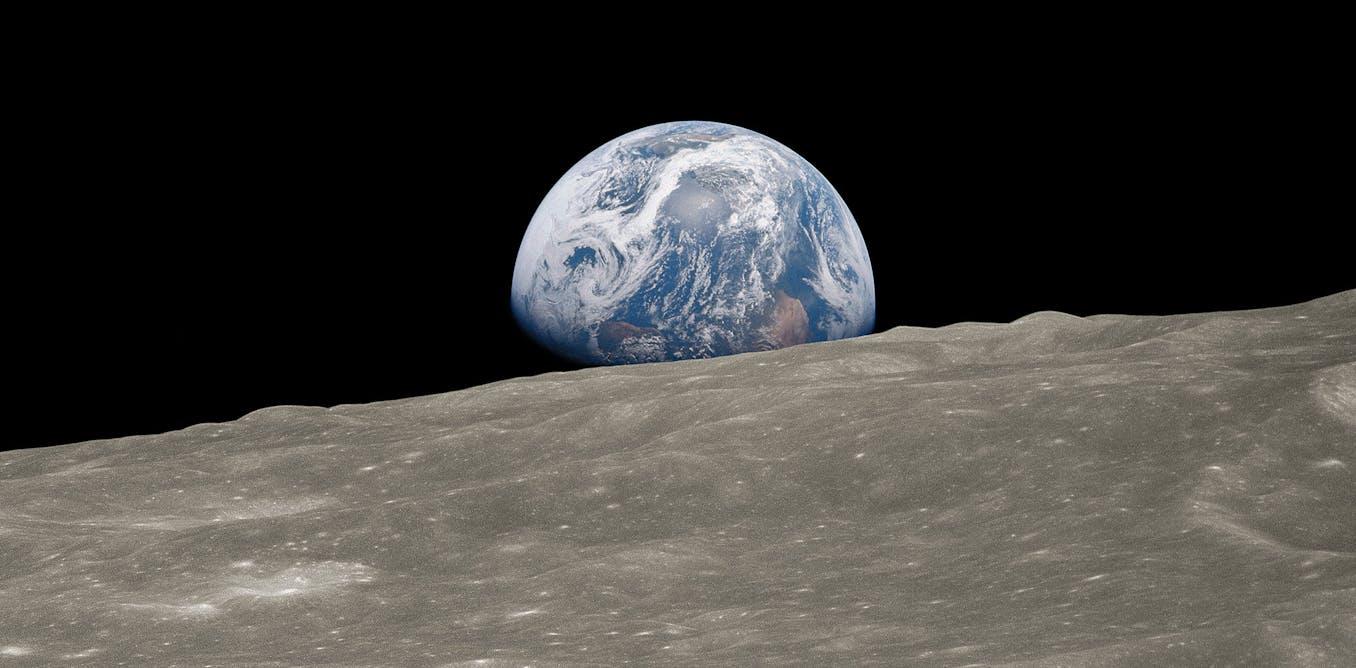
William Anders captured the iconic “Earthrise” photo during the Apollo 8 mission in 1968. He took this image as the spacecraft orbited the Moon, showing Earth rising above the lunar horizon.
This photograph became one of the most influential environmental images ever taken, inspiring the environmental movement. Did you know? The “Earthrise” photo was not planned and was taken spontaneously when Anders noticed Earth appearing in the spacecraft’s window.
Crucial Role in Apollo 8 Mission

Anders served as the Lunar Module Pilot for Apollo 8, the first crewed mission to orbit the Moon. He played a vital role in navigation and photography during the mission.
The Apollo 8 crew became the first humans to see the far side of the Moon with their own eyes. Did you know? Anders and his crewmates completed 10 orbits around the Moon in 20 hours during their mission.
Distinguished Career as a Fighter Pilot
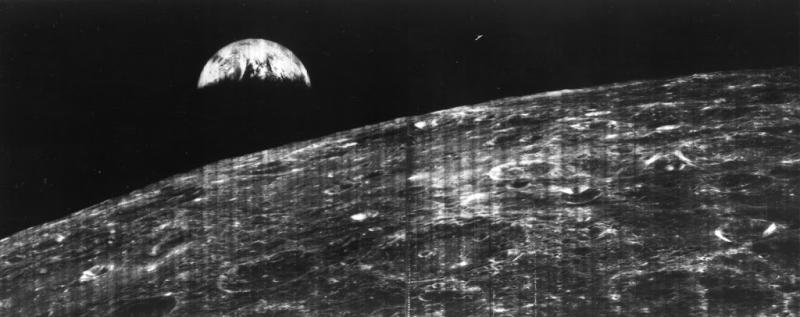
Before joining NASA, Anders had an impressive career as a USAF fighter pilot. He logged more than 6,000 hours of flight time, including 2,500 hours in jet aircraft.
Anders served as a fighter pilot in all-weather interceptor squadrons of the Air Defense Command. Did you know? He is the recipient of the Air Force Commendation Medal and the NASA Distinguished Service Medal.
Contributions to Nuclear Safety Regulation
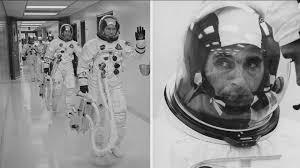
After leaving NASA, Anders served on the National Aeronautics and Space Council. He later became the first chairman of the Nuclear Regulatory Commission in 1975.
Anders played a crucial role in improving nuclear safety regulations in the United States. Did you know? He held this position during the Three Mile Island nuclear accident in 1979, which led to significant changes in nuclear power plant regulations.
Successful Career in Private Sector
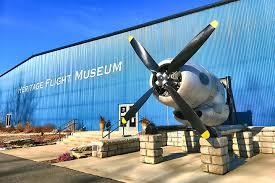
Anders transitioned to the private sector after his government service. He served as CEO of General Dynamics from 1990 to 1993, significantly improving the company’s performance.
Anders later founded the Heritage Flight Museum to preserve and share aviation history. Did you know? Under his leadership, General Dynamics’ stock price increased by 200%, and the company’s debt was reduced by $600 million.


